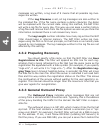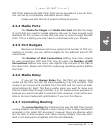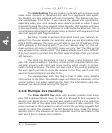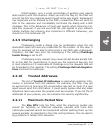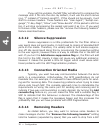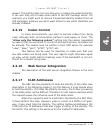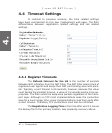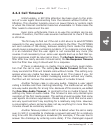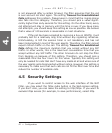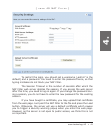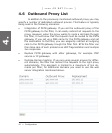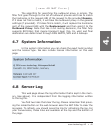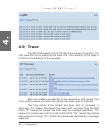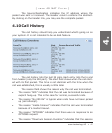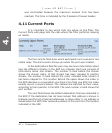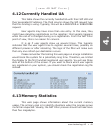
42 • Confi guration
[ S N O M 4 S N A T F I L T E R ]
is not answered after a certain timeout, the filter assumes that the call
is over and will not start again. The setting Timeout for Unestablished
Calls addresses this problem. Please keep in mind that the ringing phone
also falls into this category. Therefore, you should pick a value signifi-
cantly higher than sixty seconds for this setting. On the other hand, every
call attempt will stay in memory until this time is over. If you have many
call attempts, you should keep this setting as low as possible. We believe
that a value of 120 seconds is reasonable in most situations.
If the call has been accepted by receiving a 2xx on INVITE, it will
probably last for a relatively long time without any signalling refreshes.
Unfortunately, in SIP the session timer is not mandatory and has not
been implemented in most of the user agents. Therefore, the filter cannot
expect refresh traffic on the call. The setting Timeout for Established
Calls defines the maximum duration that you accept without any SIP
traffic. In other words, this is the maximum conversation time that you
accept without any SIP traffic. The other timeouts do not stop the filter
from hanging up because of this setting. Therefore, you should pick a
reasonable time like four hours for this value. Typically this setting will
only be needed for calls that don’t have any media at all and where one of
the user agents gets disconnected without notice. However, this setting is
necessary to make sure that such calls do not fill the filter over time and
reduce the number of available calls.
4.5 Security Settings
If you want to restrict access to the web interface of the NAT
Filter, you may select the https radio button in the Web Access setting.
If you don’t care, you can leave the setting to http/https. If you want to
exclude https access (for example, to save performance), select http.
4.



